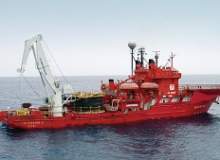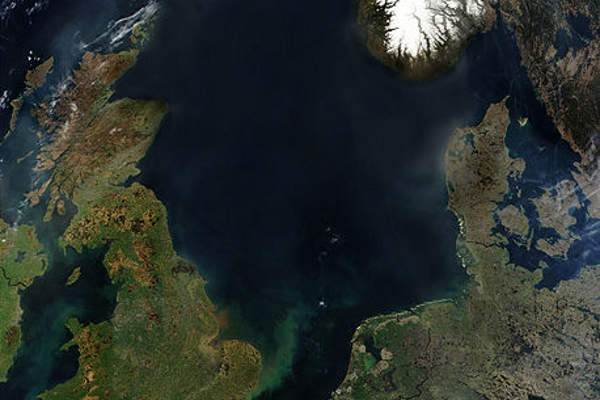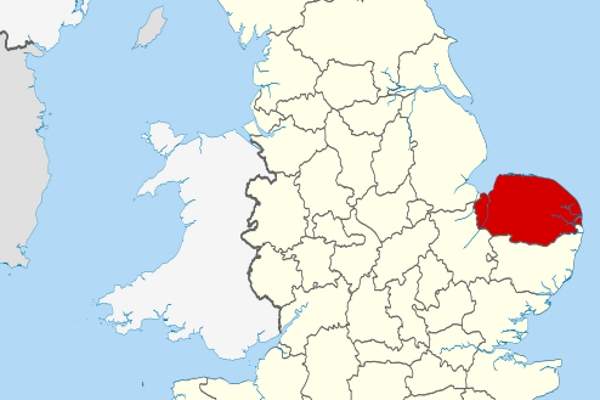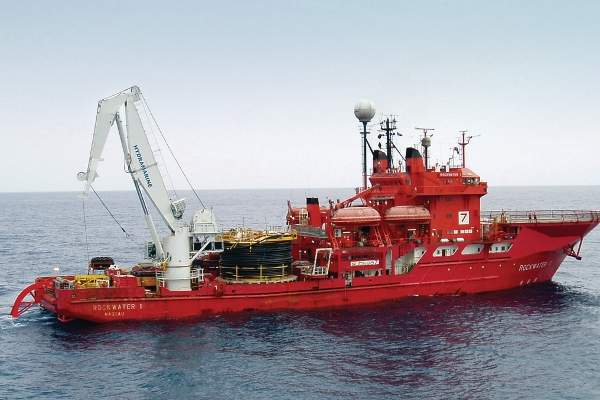
Kew offshore gas field is located 3km away from the Chiswick normally unmanned installation (NUI) on the Norfolk coast. The field lies at a water depth of 41m in blocks 49/4a, 49/5a, 49/5b and 49/4c of the United Kingdom Continental Shelf (UKCS), which is 5km west of the median line separating the UK and Dutch sectors of the North Sea. Centrica North Sea is the sole operator, with the exception of the portion in block 49/5a, in which Total owns a 2.5% share.
Centrica plans to produce gas from the field in the first half of 2014.
Gas production and reserves
The field is estimated to have recoverable gas reserves of about 37.4 billion cubic feet (bcf) on the medium P50 production estimate basis, and 59bcf on P10 production estimates. It will also produce small volumes of condensate, which will be about 90m³/day.
At its peak, gas production will reach up to 35 million cubic feet a day (MMcf/d). The field is expected to be in use until 2022.
Discovery and development
Discovered by Ultramar in 1998, the field was initially owned by Venture Production, which initiated drilling using a Noble Julie Robertson rig in December 2008. Centrica acquired Venture in August 2009 and drilled the appraisal well 49/4c-7z in 2009. The well proved gas in the Silverpit, Leman and primary Carboniferous reservoirs.
Centrica received approval to progress with the development of the field from the Department of Energy & Climate Change (DECC) in June 2012. As part of the work, a hydraulic fracturing method was used to re-enter and side-track the existing appraisal well to maximise flow from the tight reservoirs.
Production and storage platform
The Kew field contains a single near-horizontal hydraulically fractured production well as a subsea tie back to the Chiswick NUI platform via a 3km-long and 6in diameter pipeline. The solids resulting from fracturing will be separated from the fluids produced by the field and then mixed with the Chiswick field fluids to export them together for further processing at the Markham J6A platform, which is operated by Centrica in the Dutch sector.
The Chiswick NUI platform was modified with the addition of new electrical and hydraulic power systems, subsea controls and a methanol and corrosion inhibitor injection to accommodate gas production from Kew.
Contractors involved
SLP Engineering received a three-year framework agreement for carrying out modifications to allow tieback to the Chiswick platform in January 2012. This included engineering, procurement and onshore fabrication, offshore installation and commissioning.
Subsea 7 was awarded the engineering, procurement, installation and commissioning (EPIC) contract in March 2012, which included installation of a J-tube or riser section, metrology spools, umbilical, precut and backfill, as well as flexible flow lines and an umbilical hook-up at the Chiswick platform. Leak testing and dewatering of the newly installed Kew tree were further elements of the agreement.
The vessels and spoolbases used for the modifications and installations works at Chiswick included Seven Pelican, Seven Sisters, Skandi Skansen and Rockwater 1.
Reef Subsea Power & Umbilical was contracted to provide seabed excavation at the Chiswick platform. The work, which involved an excavation of the seabed at a depth of 40m to allow works by the accommodation platform Seafox 7, was completed in November 2012, a week before the arrival of Seafox 7 at the field.











